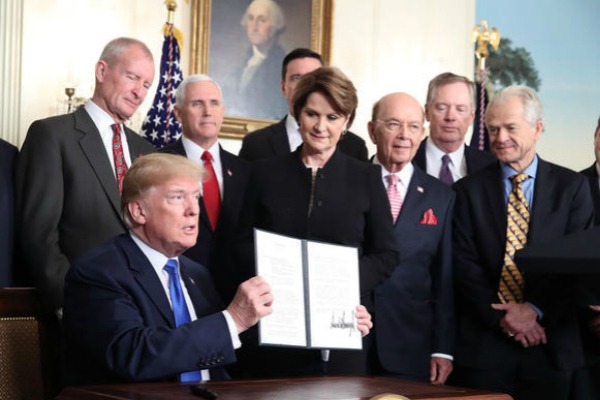For those who earn a lot, major expenditures—such as high-end cars, home upgrades, or expensive gadgets—often mix necessity with desire. To make thoughtful choices, it's important to look past brand names or quick satisfaction and to seek real value and long-term usefulness to avoid future regrets.
Examine the “Why” Before the “What”
Many people buy high-priced items to show off their status (like choosing a luxury car to enhance their professional image) or to follow trends (such as opting for a high-end laptop for casual gaming). Take a moment to reflect: “Does this address a real need, or is it simply an emotional want?” For instance, a business owner might need a dependable vehicle for client visits, but a sports car may offer little actual benefit. By connecting the purchase to genuine usage rather than ego or trends, you can avoid wasting money on features that won't be utilized.

Test “Usability Fit” Before You Buy
Premium products tend to feature intricate functionalities, but are they suitable for your lifestyle? A sophisticated smart home setup might not be ideal for someone who favors straightforward manual controls, and a powerful laptop for video editing isn't necessary if you only check emails. Whenever feasible, try out the item: rent a car for a weekend, experiment with a demo tech product, or consult with an owner of a similar renovation. This “test drive” can help determine how well the item fits into your everyday routine.
Retailers frequently encourage customers to opt for bundled upgrades on large purchases, like a car with a “premium package” or a renovation using “luxury materials” that increases the cost by 30%. Ask yourself, “Does this upgrade genuinely enhance value, or simply increase the price?” A heated steering wheel may justify the cost in colder climates, but a gold-plated faucet in the bathroom provides minimal benefit. Focus on upgrades that address specific issues instead of those aimed at increasing the seller’s margin.
Consider “Resale Flexibility”
Even top-quality purchases might need to be sold down the line. A timeless luxury car usually retains its value better than a fashionable one; renovations in neutral colors generally attract more buyers than vivid, customized designs; and a well-known tech brand is typically easier to resell compared to a less popular one. Thinking about resale potential helps you avoid significant losses if your requirements change, making the purchase a more adaptable investment.

Implement a “Cooling-Off Period” for Impulse Buys
Major purchases can spark excitement, leading to hasty choices. For items over a specific limit, establish a cooling-off period of 7-14 days. Use this time to reassess your motivation, double-check total ownership costs, and see if your desire diminishes. Many high-earners find after this time that their urge was fueled by temporary excitement rather than true necessity. This pause can prevent future regrets.

For those who frequently use high-value items, making thoughtful purchases isn’t solely about saving money—it’s about investing in products that cater to your needs, align with your lifestyle, and retain value over time. By concentrating on purpose, long-term expenses, and usability, you can convert significant expenditures into wise investments.







